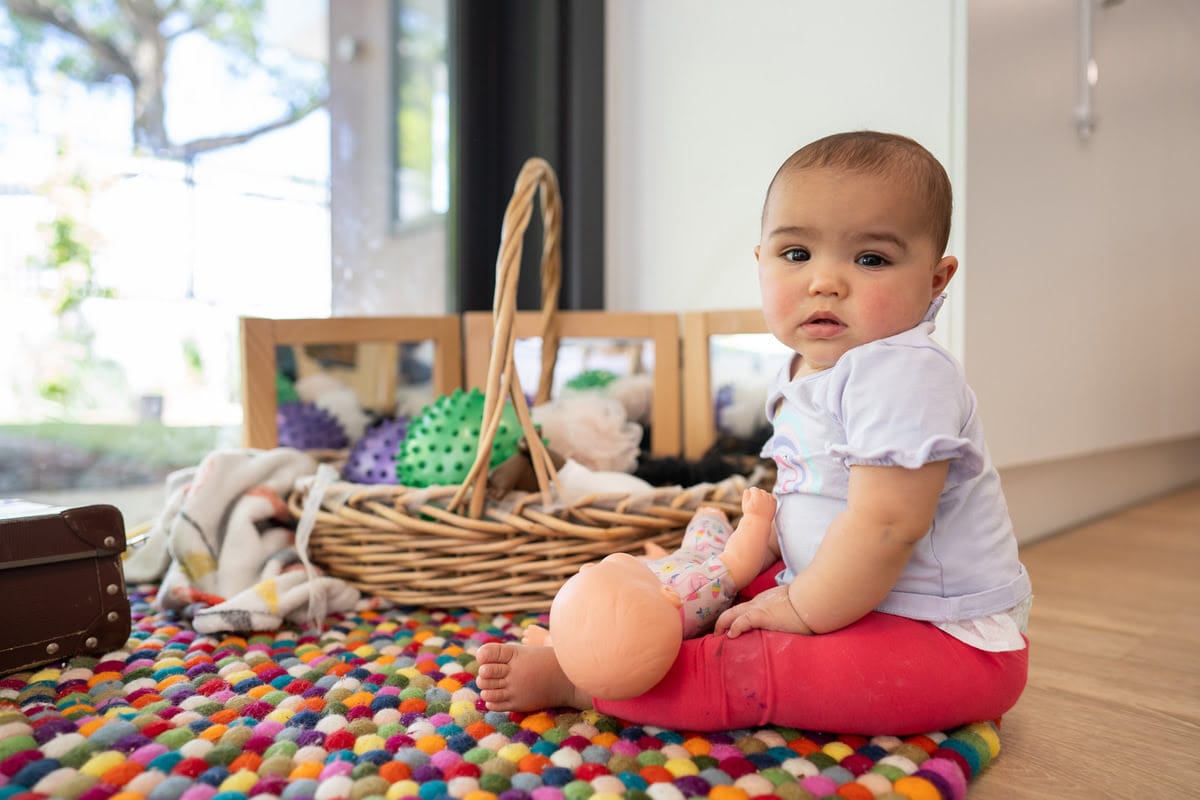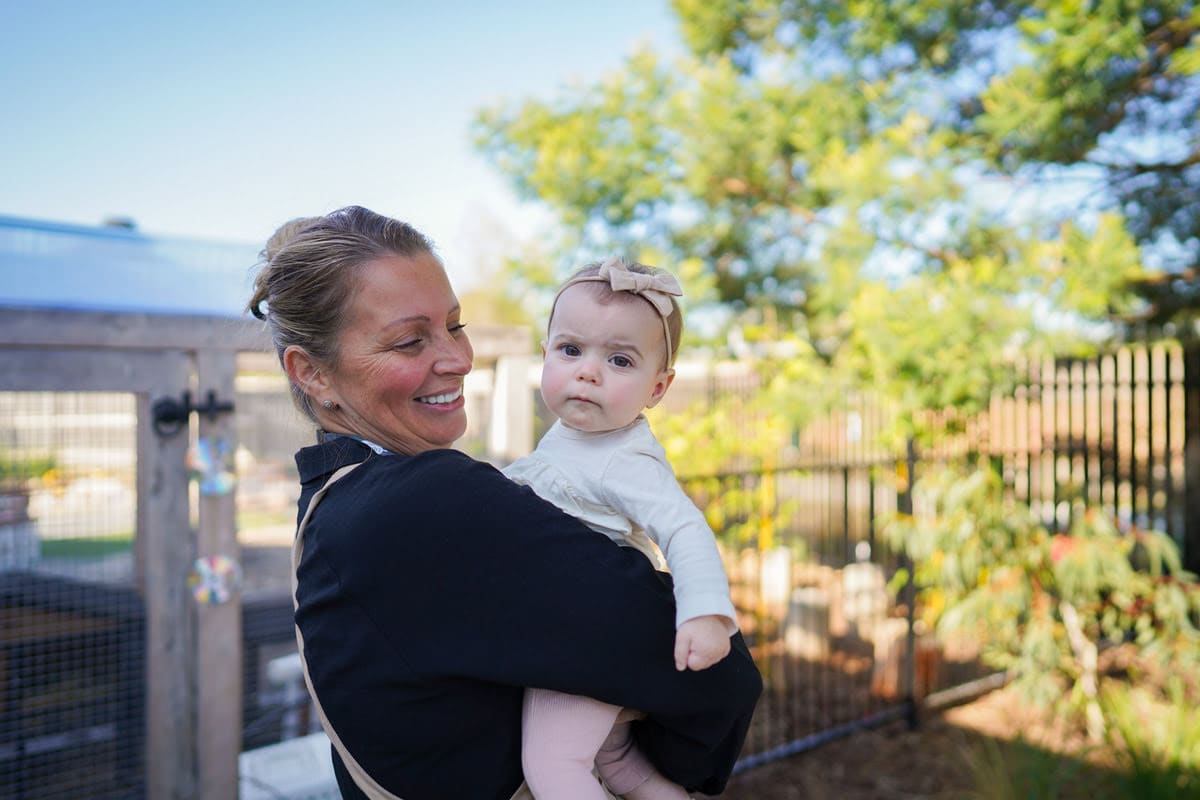An Explorers Guide: Babyproofing
26 February 2024

Have you got a bundle of joy on the way? If so, read on for our comprehensive checklist so you can babyproof every nook and cranny! 👶
Whether you’re nesting in a house, apartment, or flat, one thing remains constant – babyproofing is non-negotiable. As you eagerly anticipate the arrival of your new bundle of joy, it’s crucial to ensure that every nook and cranny of your home is safe and secure.
But with all the cabinets, doors, and toys scattered around, it’s easy to feel overwhelmed. In this comprehensive post, we’ve got you covered with a detailed room-by-room guide on how to safeguard your home.
What is Babyproofing?
Babyproofing – or childproofing – is the process of making your home as safe as possible for newborns infants and young children. Once babies start crawling at around 7 to 12 month mark, their curious little fingers will fumble for cabinets, bottles, and practically anything you have lying around the house.
Therefore, it’s vital to take proactive measures to minimise potential hazards and create a secure environment. Babyproofing encompasses various strategies and products designed to prevent accidents and injuries, allowing both you and your baby to feel safe and comfortable at home.
How do I Babyproof my Kitchen?
The kitchen, with its bustling activity, enticing aromas, and abundant noise, often becomes a magnet for infants. However, it also harbours numerous potential hazards. Here are a few ways to safeguard your kitchen:
- Cabinet Locks and Latches: Install magnetic locks or latches on cabinets and drawers containing cleaning supplies, sharp objects, or potentially harmful items.
- Stove Guards and Knobs: Consider installing a stove guard or stove knobs to prevent your child from reaching hot surfaces or pulling down pots and pans.
- Appliance Safety: Secure appliances such as fridges, ovens, and dishwashers to prevent tipping. Additionally, keep cords out of reach!
- Keep Toxins High Up: While safety locks and magnetic seals are a great way to keep hazards safe, the best protection is to keep them out of reach. Consider storing all toxins (cleaning products etc) in shelves above the stove, fridge, or anywhere babies and toddlers can’t reach.
- Consider a Baby/Toddler Accessible Drawer: Fill with safe-to-play-with items such as plastic containers and wooden or plastic utensils.

How do I Babyproof my Living Room?
The living room is where your baby is most likely to spend the days rolling, crawling and climbing. Therefore, its essential to ensure this area for play and exploration is also one of safety. Safeguard your living room by incorporating:
- Edge and Corner Guards: Cover sharp edges of furniture with cushioned edge guards to protect against bumps and bruises.
- Secure Furniture: Anchor heavy furniture such as bookshelves, TV stands, and coffee tables to the wall to prevent tipping.
- Cord Management: Keep cords for the tv, electronics, and lamps out of reach or use cord organisers to bundle and secure them safely. Electrical outlet covers are a must!
- Gates and Barriers: Install safety gates to block off stairs or restrict access to certain areas of the room.
How do I Babyproof my Bathroom and Laundry?
The bathroom and laundry can be a hazardous area due to slippery surfaces and potential access to harmful substances. Here’s how to make it safer:
- Lock Away Toxins: Store medications, cleaning products, and toiletries out of reach in locked cabinets or drawers.
- Non-Slip Mats: Place non-slip mats in the bathtub and on the floor to prevent slips and falls.
- Water Temperature Control: Set the water heater temperature to between 37°C and 38°C or lower to avoid scalding in the bath. Remember – babies and young children should never be left unattended around water.
- Secure Toilet Lid Locks: Install toilet lid locks to prevent drowning hazards and keep curious hands out of the toilet bowl.
How do I Babyproof my Backyard and Garage?
Babyproofing your backyard and garage is essential to create a safe environment for your little one to explore without the worry. Just be sure to supervise your baby outdoors at all times:
- Secure gates and fences: Ensure that gates are properly latched, and fences are in good repair to prevent your child from wandering into unsafe areas or leaving the backyard unattended. Fences are especially important if you have a pool and in Australia it’s a legal requirement for pools to be fenced!
- Remove small objects, sharp tools, and hazardous chemicals: Thoroughly inspect the backyard and garage, removing any items that could pose a choking hazard, cause injury, or be harmful if ingested.
- Install safety locks on garage cabinets: Use childproof locks or latches on cabinets containing tools, cleaning supplies, or other potentially dangerous items.
- Ensure outdoor play equipment is age-appropriate: Check that swings, slides, and other play structures are suitable for your child’s age and developmental stage. Ensure they are securely anchored and free from sharp edges or loose parts that could cause injury.
- Inspect the flora and fauna: Regularly walk through your backyard and garage to identify potentially toxic plants, mushrooms, or insect hives (such as ants or wasps).

Double-Check the Nursery
Even though the nursery is designed with your baby’s safety in mind, it’s essential to double-check for any potential hazards:
- Cot Safety: Ensure crib slats are spaced no more than 6cm apart to prevent entrapment. Remove any soft or loose bedding, pillows, or stuffed animals from the cot or bassinet to reduce the risk of suffocation.
- Secure Furniture: Anchor dressers, changing tables, and other furniture to the wall to prevent tipping.
- Window Safety: Install window guards or window stops to prevent falls. Keep cords from blinds or curtains out of reach or secured to the wall.
- Electrical Outlet Covers: Use outlet covers to prevent electrical shocks or injuries from curious fingers.
By following these room-by-room babyproofing tips, you can create a safe and secure environment for your baby to explore and grow. Remember, every child is unique, so regularly reassess your home for new hazards as your baby develops and becomes more mobile. With a bit of preparation and foresight, you can enjoy peace of mind knowing that your home is a safe haven for your new bundle of joy.
🍃 To tour one of our beautiful Centres, please click here. Otherwise, check out our website at Explorers Early Learning today!